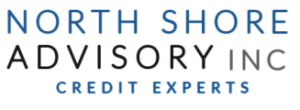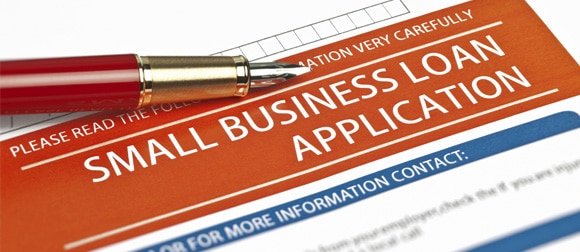Small Business Administration (SBA) Loans
The Small Business Association (SBA) offers a variety of programs for small businesses. The SBA is not a lender, they do not lend money directly to business owners (except for some micro loans). They set guidelines for loans made by their partners. SBA loans are partially guaranteed by the government, thus eliminating some risk for lenders and making them more willing to offer larger loans to small businesses.
- SBA loans have a much longer term. Most of their loans have the payments spread out equally over the term, which can be up to 25 years.
- SBA lending can be a tedious process and involves a lot of paper work, but if your lender is part of their Preferred Lender Program (PLP), you will save time by speaking to a knowledgeable individual who can determine eligibility. PLP status also means they are authorized to approve the loan without SBA approval.
- Not all small businesses are eligible to receive an SBA loan. Lenders will explore the “5 C’s” of the borrower – credit, character, capacity, collateral, and condition of the business. The SBA will pull the borrower’s FICO SBSS Credit Score – a combination of business credit scores & indexes (Dun & Bradstreet, Experian, and Equifax) and the principal(s) personal credit scores (Experian, TransUnion, and Equifax).
- Examples of SBA loans: 7(a) Loan Program, Microloan Program, CDC/504 Loan Program, and Disaster Loans.
Advantages of SBA Loans
SBA loans offer a lot of advantages for a business that fits their criteria. Their loans offer lower down payments and longer terms than conventional loans; this allows small businesses to maintain their cash flow while juggling a large loan.
What do you need for a business loan?
Make sure your business is prepared to apply for an SBA loan. You will need all your records are in order and both your business and personal credit scores and indexes are in the best position. Monitor your business and personal reports regularly, look out for inconsistencies and errors, consult a credit expert who has experience working with companies that are looking to take out a loan but need to establish, repair, and/or correct their business credit profiles.
There is nothing wrong with business factoring, but there are a lot more affordable options for businesses that qualify. Those with the right credit and financials may also qualify for a line of credit which may have a similar interest rate to the SBA example. With the right personal and business credit, a company and its principal(s) may enjoy more income, profits, and success due to much better pricing on financial products.
Feel free to reach out to us for a free credit review.
Factoring example:
| Invoice Amount | $50,000 per month |
| Cash in Advance (75%) | $37,500 |
| Remaining Advance | $12,500 |
| Interest on Cash in Advance (8%) | $3,000 |
| Cost to Factor (Fee) (5%) | $2,500 |
| Net to company (after invoices are paid) | $44,500 per month |
By committing to receivable financing, the company would pay $66,000 in fees and interest over the first year assuming all the receivables are collected on. This is not including…Application fee (one time), Processing fees (per invoice), the reserve account (a small part of each invoice held incase other receivables are not collected) and overdue fees. The financing costs for business factoring can easily exceed 20 to 30% if you include all the hidden fees and interest.
SBA Loan example:
| Principle | $500,000 |
| Term | 15 years |
| Fixed Interest | 6.5% |
| Annual Interest | $18,933.11 |
By taking the right steps and preparing your businesses financial and credit situation, you will be in a better position to qualify for an SBA loan with these low rates. Think about the difference in saving on interest between using factoring compared to an SBA loan – over the course of one year you could save over $47,100 in interest with an SBA loan vs invoice factoring.



